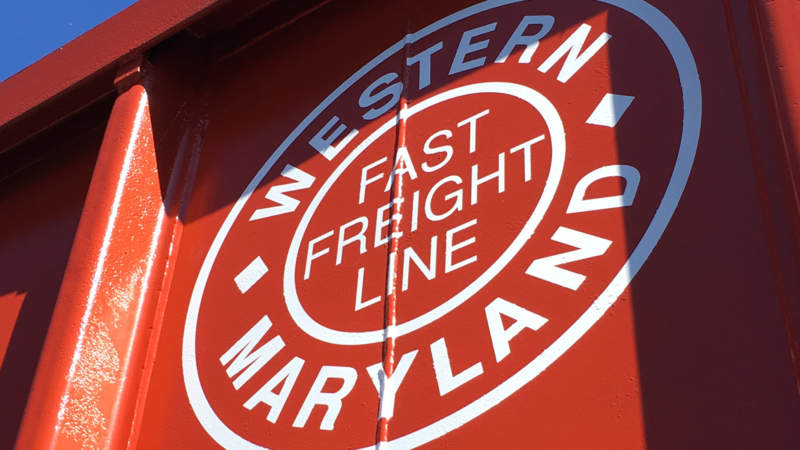The beginning to historic power
With its first tracks laid just before and right after the Civil War, the Western Maryland Railway operated primarily as an agricultural hauler among Baltimore, Hagerstown, and Williamsport, where it met the C&O Canal. The acquisition of additional spurs into Pennsylvania made it a regional power during the 1880’s and 1890’s. Financier George Gould’s national syndicate purchased the Western Maryland Railway in 1902 and within four years extended it to Cumberland, granting it access to the rich coalfields of West Virginia and expanding passenger service.
A national achievement
In an effort to build a transcontinental route competitive with the larger, more extensive, and well-financed Baltimore and Ohio Railroad, he initiated a $12 million expansion through the rugged Allegheny Mountains to Meyersdale, Rockwood, Confluence, Ohiopyle, and Connellsville. Completed between 1910 and 1912, this 86-mile extension required building major structures now part of the Great Allegheny Passage, including the Brush Tunnel, Helmstetter’s Curve, Borden Tunnel, Big Savage Tunnel, Keystone Viaduct, Salisbury Viaduct, Pinkerton High and Low Bridges, Pinkerton Tunnel, and Ohiopyle Low and High Bridges.
In Connellsville, the Western Maryland Railway met a branch of the Pittsburgh & Lake Erie Railroad, placing it at the strategic center of the region’s coal, coke, and lumber industries. In 1931, the Pittsburgh & West Virginia Railway established a connection at Connellsville, offering the Western Maryland Railway additional high-speed freight business via Downtown Pittsburgh, Wheeling, Toledo, and Chicago. The service was successful for several decades and the Western Maryland railway was lauded for exemplary service.
New purpose
However, by the 1950’s, the Western Maryland Railway’s coal business was in decline and its lumber shipments had evaporated. Automobile transportation reduced nationwide demand for rail passenger service. Competition and high costs led to consolidation within the industry. After several mergers, the Baltimore and Ohio — and later, CSX Corporation — gained control of the Western Maryland Railway in 1973, and within three years, abandoned most of the track between Hagerstown and Connellsville, freeing the corridor for the construction of the Great Allegheny Passage.
There are remnants of the Western Maryland Railway along the Great Allegheny Passage, like the preserved train station in Cumberland, and a caboose painted in its livery colors in Meyersdale. The Western Maryland Scenic Railroad still uses existing tracks between Cumberland and Frostburg for its tourist excursions.

